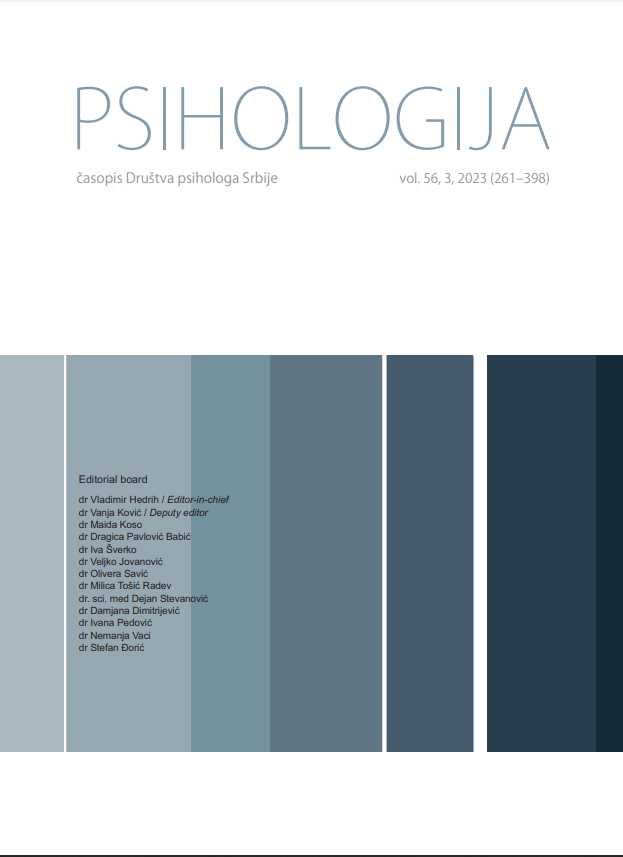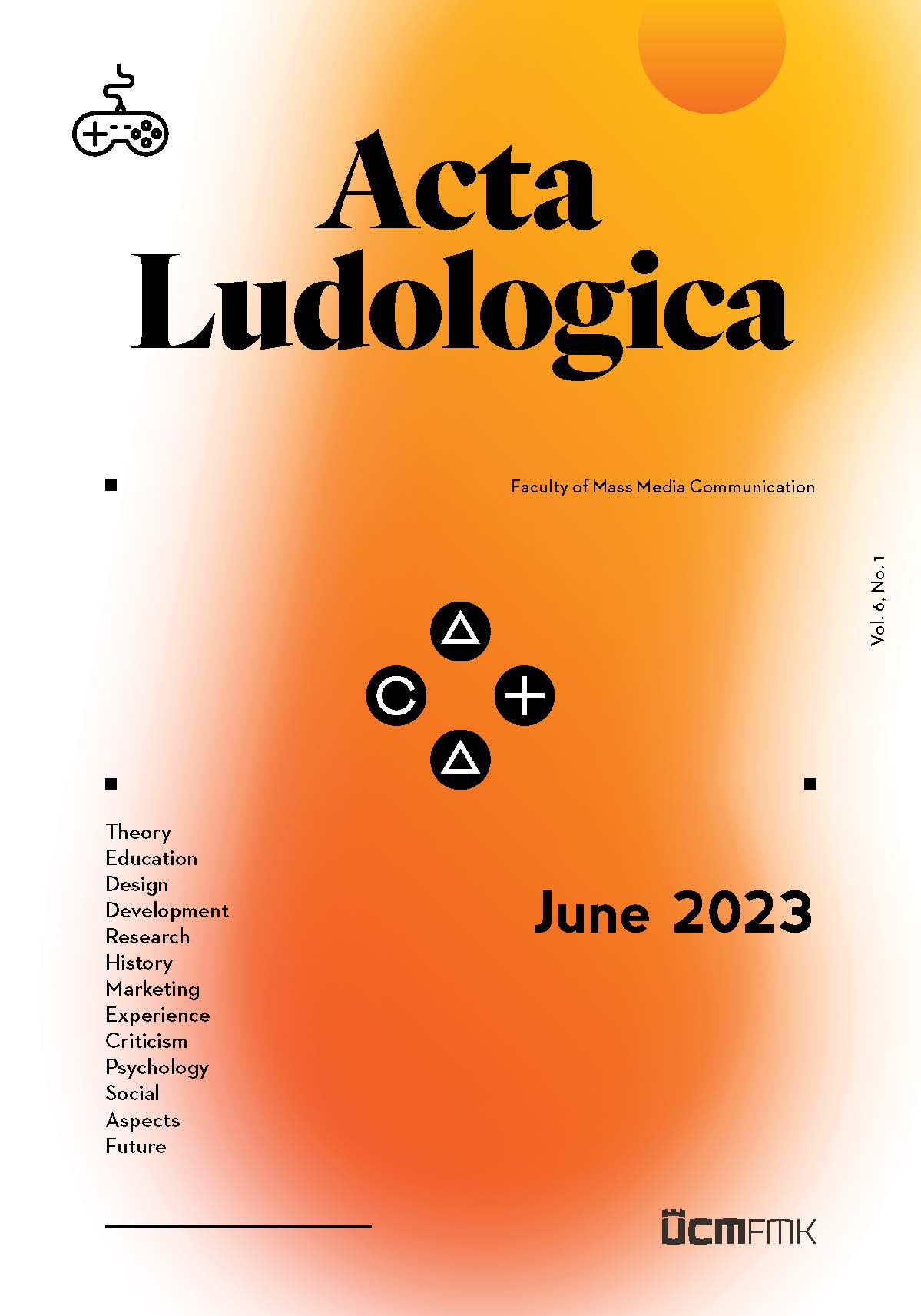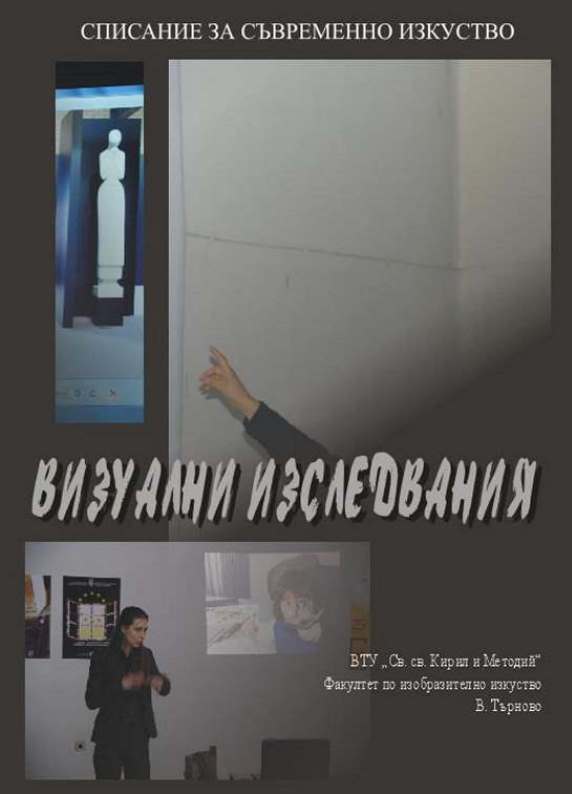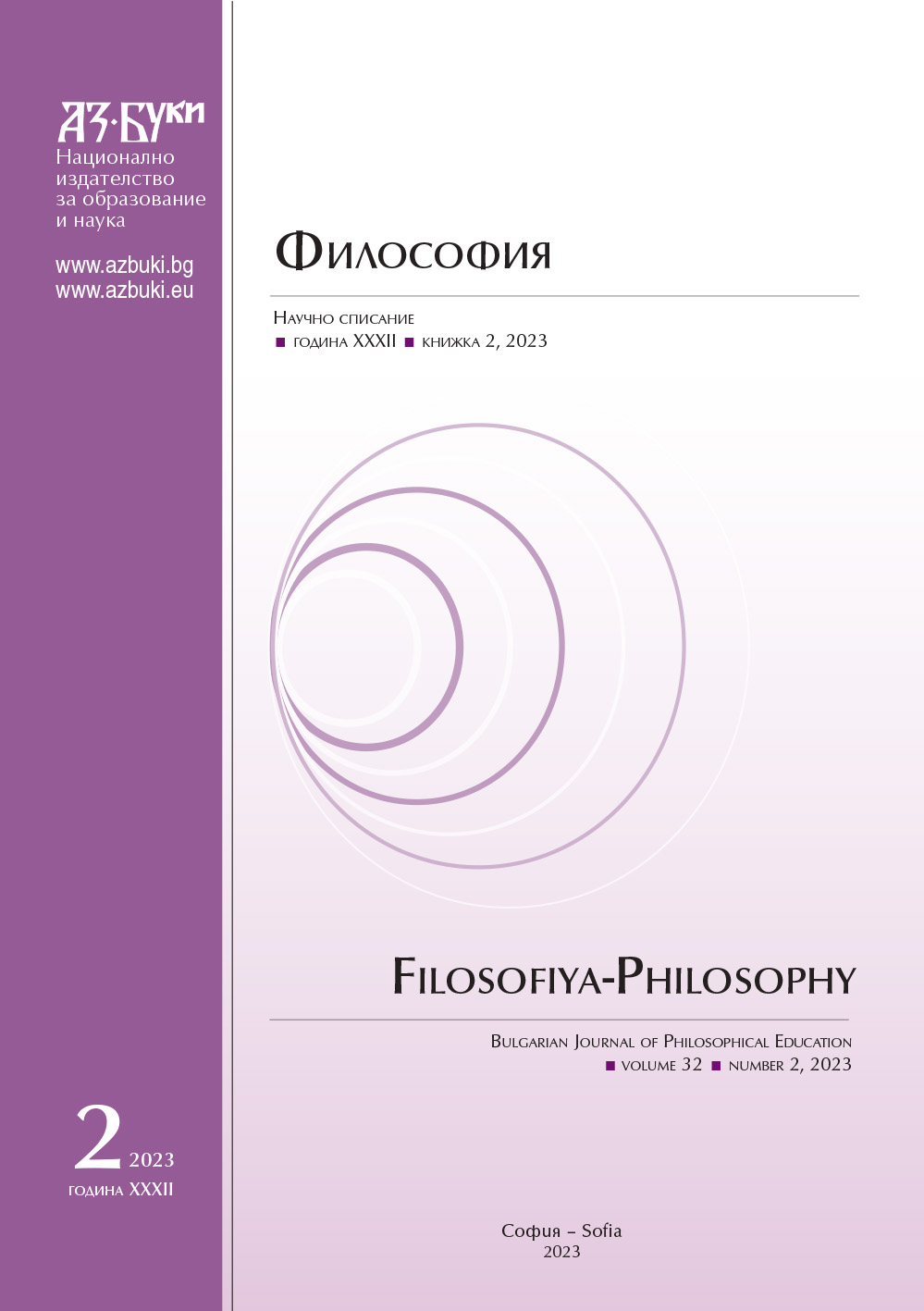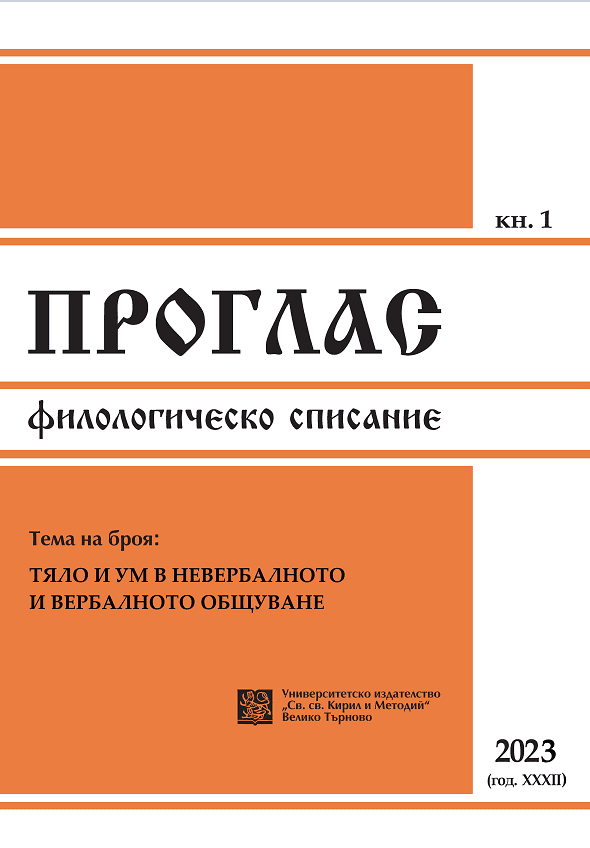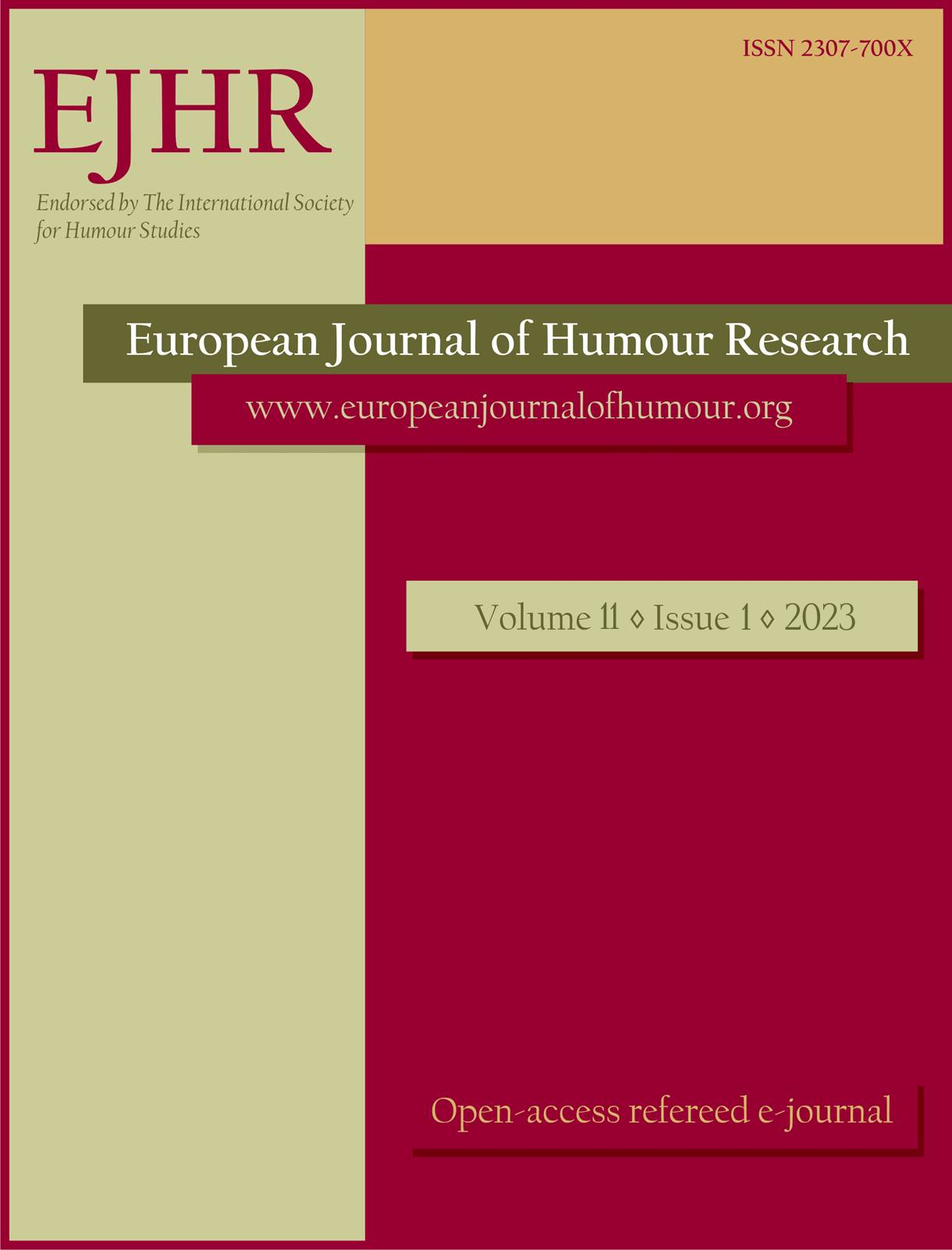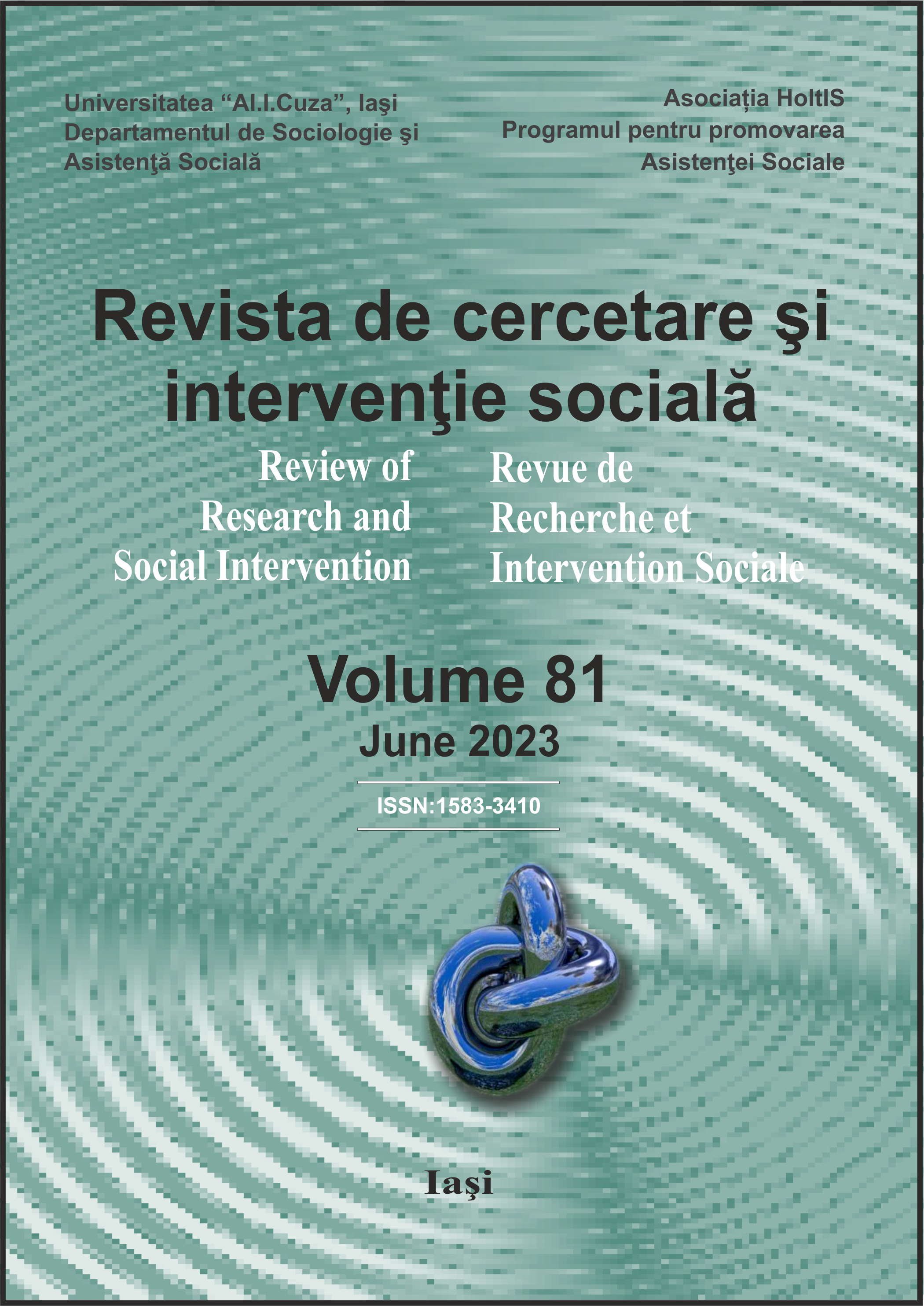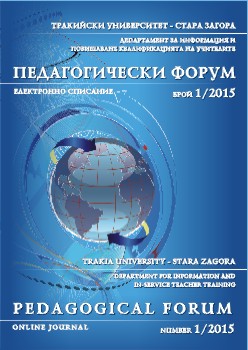
Педагогическата диагностика като елемент от емпиричните педагогически изследвания
Pedagogical diagnostics in empirical pedagogical studies is realized through a diagnostic procedure. It includes the creation and use of diagnostic methods and means for state evaluation which may lead to an improved pedagogical process. It consists of three parts: anamnesis, diagnosis and prognosis. The diagnostic procedure can be performed as part of an empirical pedagogical study or as an independent one, which seeks to determine the state of an object or its characteristics at a certain stage of the educational and formative process. The present article attempts to systematize the making of pedagogical diagnostics by indicating all necessary actions and their sequence.
More...
